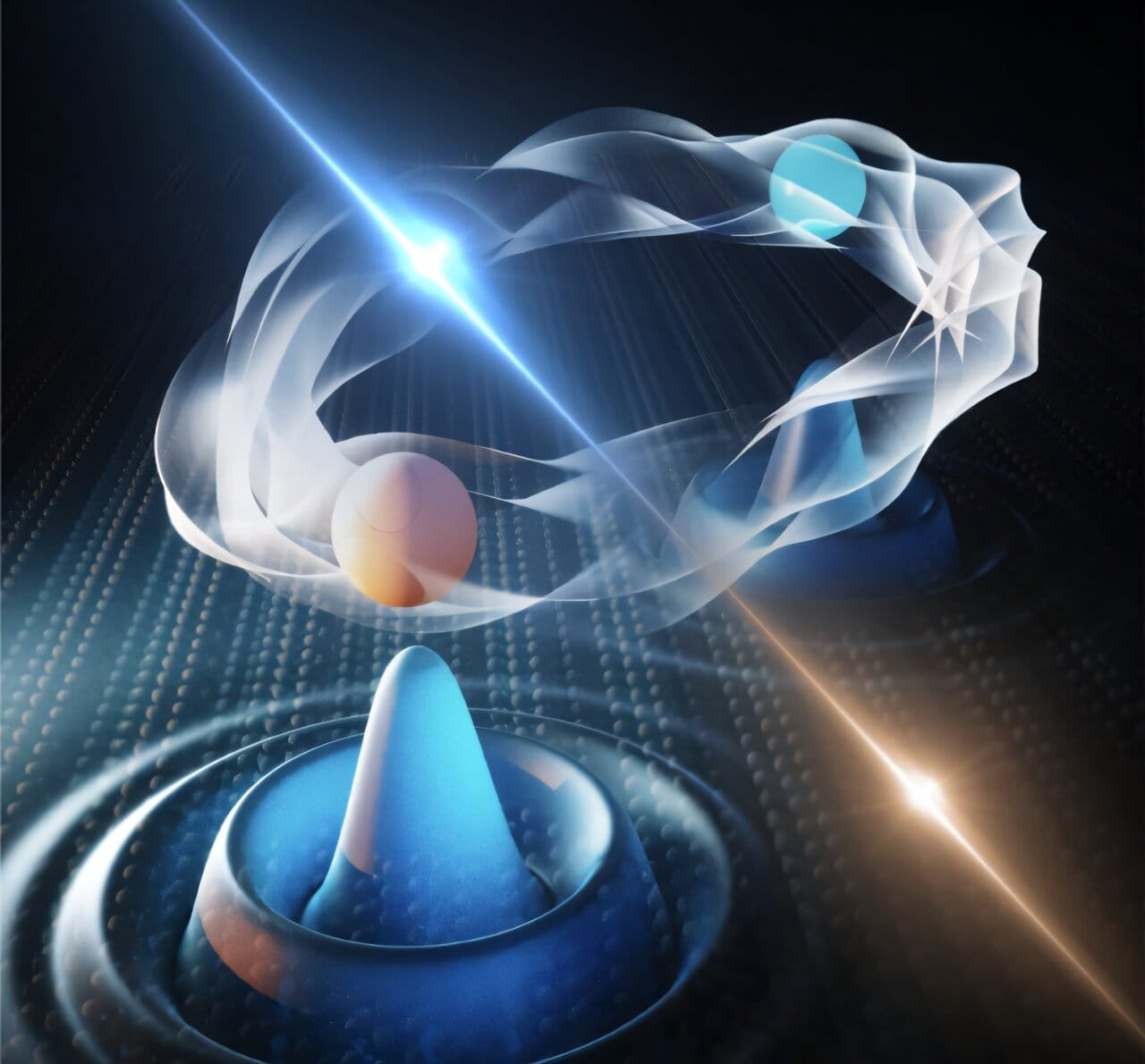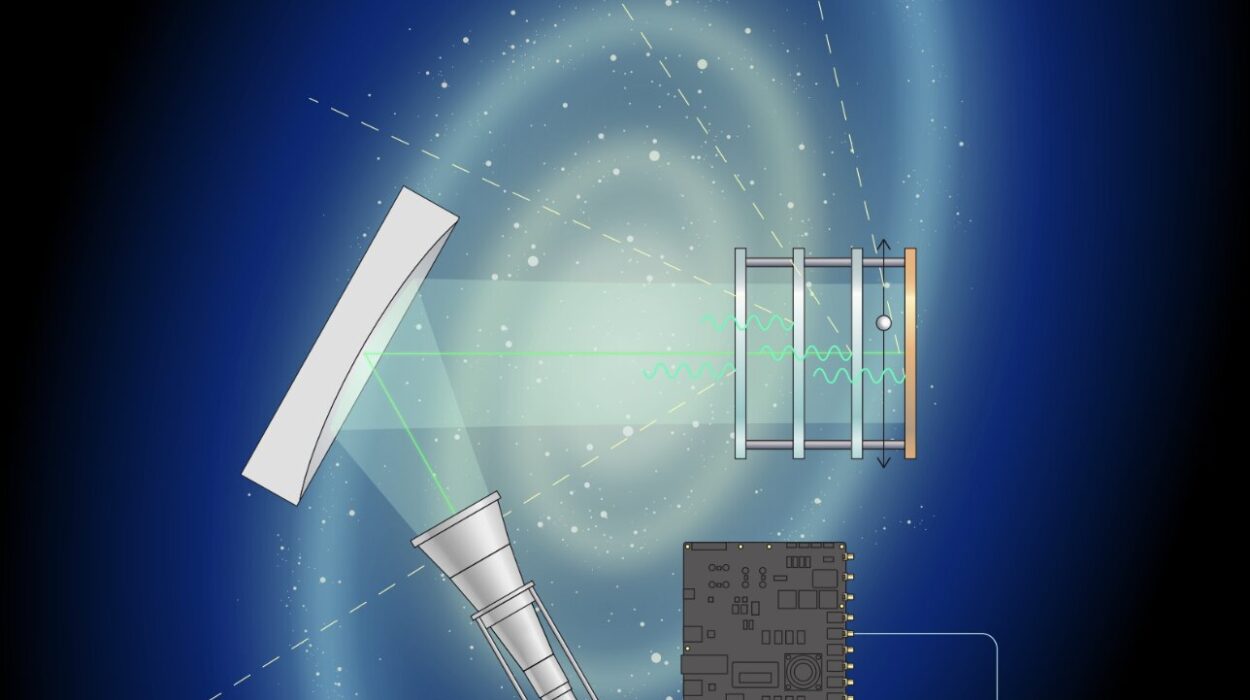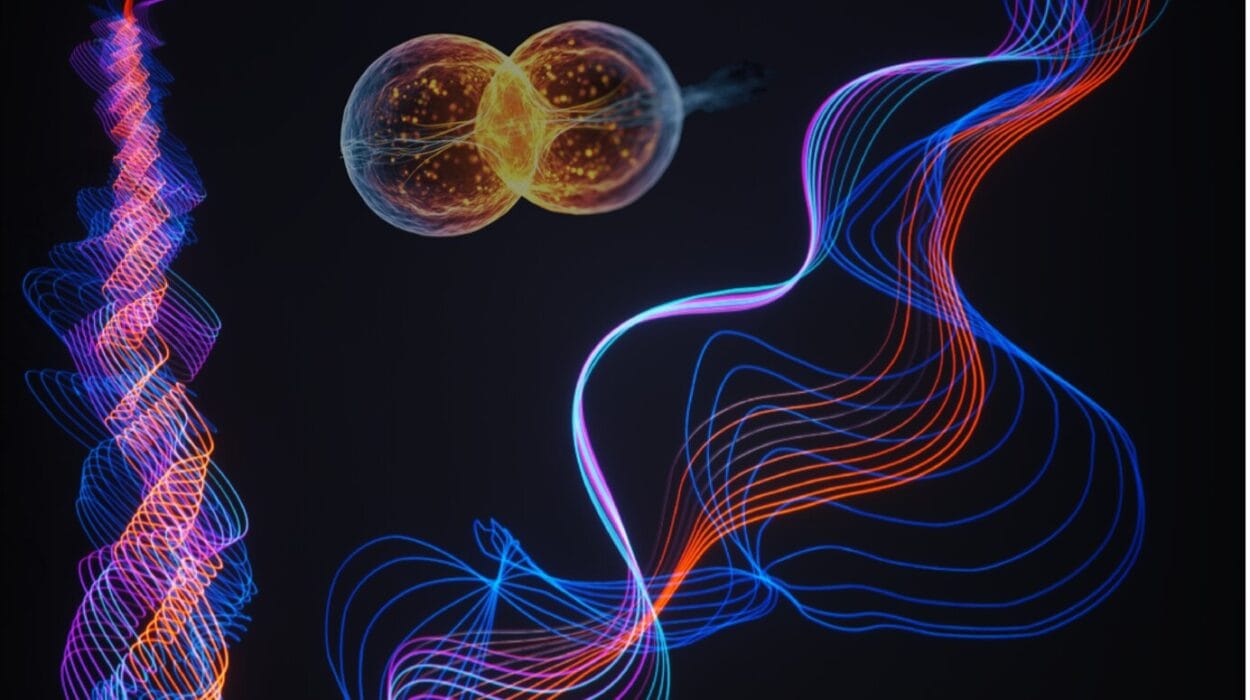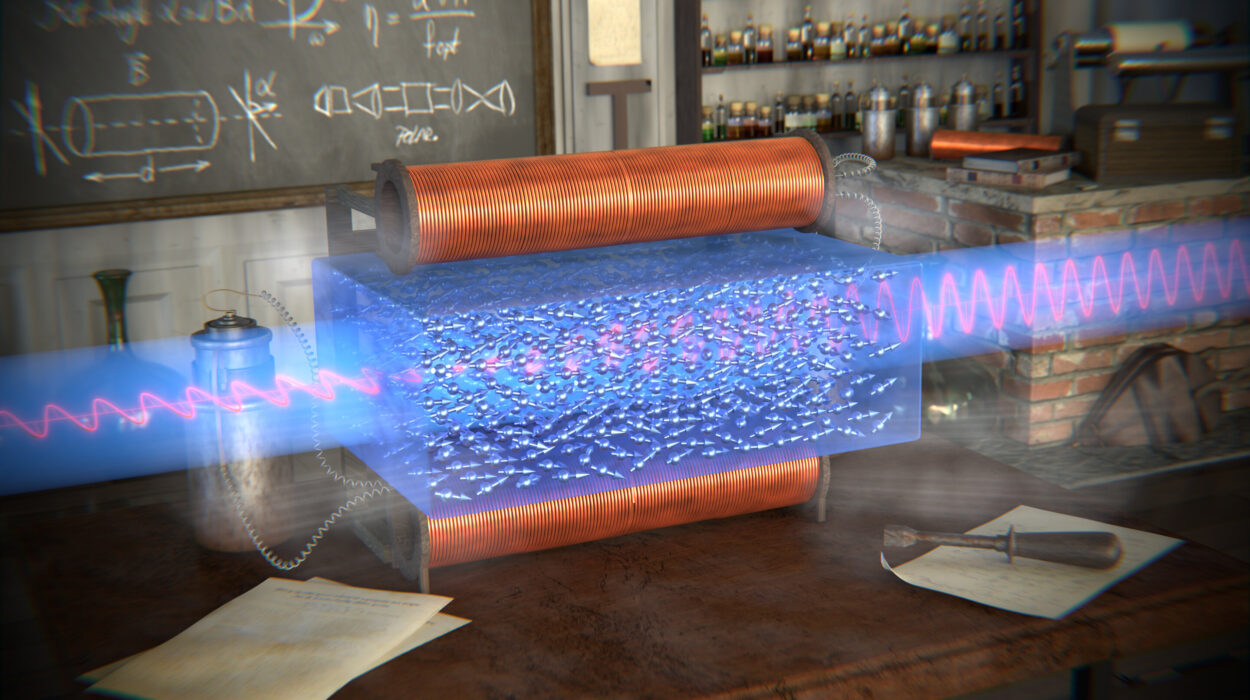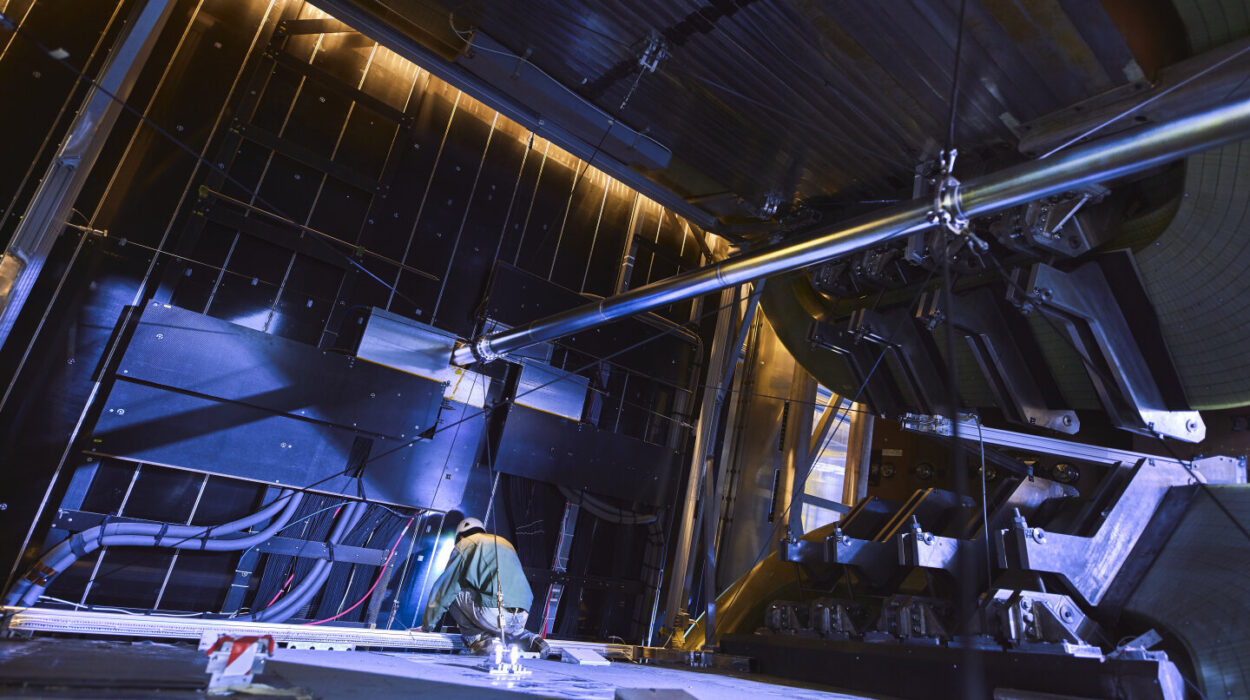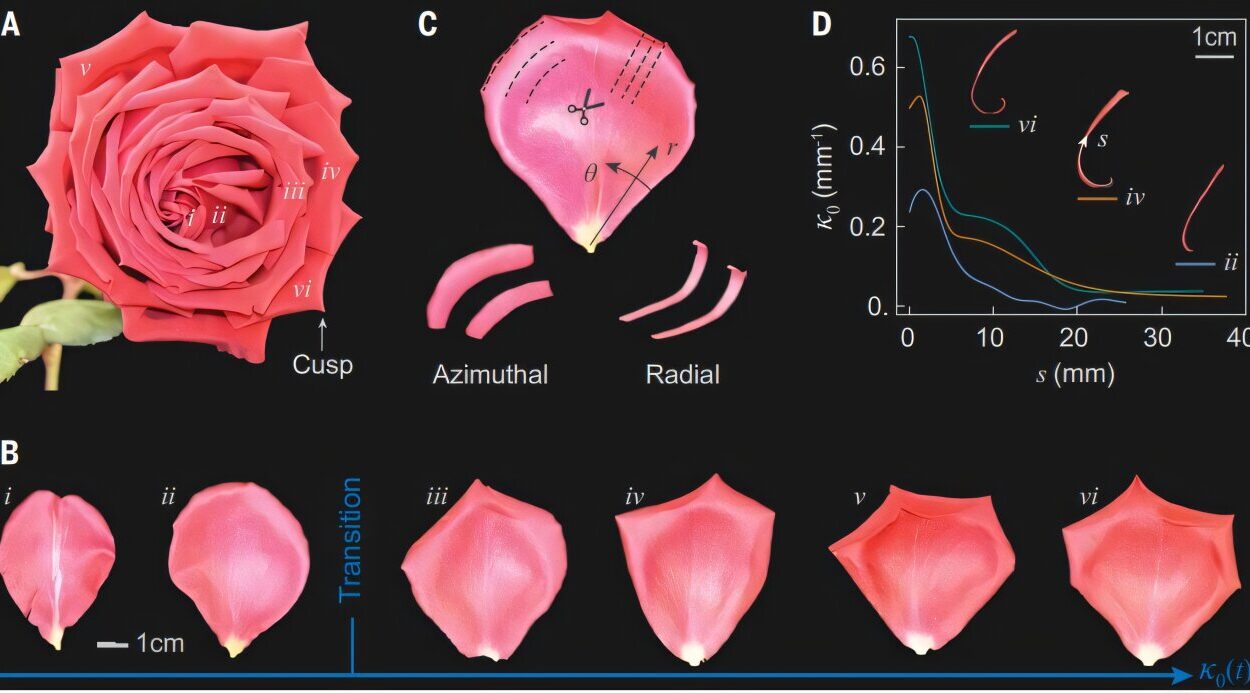Picture a vast hall where whispers bounce off the walls, returning to the speaker’s ears as echoes. Now shrink that hall down to the atomic scale, fill it with vibrating electrons, and replace those whispers with quantum ripples. In this mysterious realm, scientists have just uncovered a new kind of echo—a “Higgs echo”—that could help write the future of quantum technology.
Researchers at the U.S. Department of Energy’s Ames National Laboratory and Iowa State University have discovered this unexpected quantum phenomenon inside superconducting materials, revealing secrets hidden deep within the fabric of matter. Their findings, published in Science Advances, could be a pivotal step toward next-generation quantum computing and ultra-sensitive quantum sensors.
The Strange Symphony of Superconductors
Superconductors are extraordinary materials that allow electricity to flow with zero resistance. Beneath their cool surfaces, however, they’re anything but quiet. They host a hidden symphony of collective vibrations known as Higgs modes. These subtle quantum ripples share their name—and a family resemblance—with the Higgs boson, the famous particle that gives mass to fundamental particles in the universe.
Higgs modes emerge when a material transitions into a superconducting state. In this phase, electrons pair up in a special dance, moving together without friction. But Higgs modes don’t last long. They flicker in and out of existence in mere femtoseconds (one millionth of a billionth of a second), making them devilishly hard to observe.
Adding to the challenge, Higgs modes tangle with quasiparticles—strange electron-like excitations that ripple through the material when superconductivity momentarily breaks down. These interactions obscure the subtle quantum signals scientists yearn to see.
Listening for Quantum Echoes
But Jigang Wang, a physicist at Ames Lab and Iowa State University, and his team decided to listen closer.
“Unlike conventional echoes observed in atoms or semiconductors, the Higgs echo arises from a complex interaction between the Higgs modes and quasiparticles, leading to unusual signals with distinct characteristics,” Wang explained.
Instead of ordinary echoes—like sound rebounding off canyon walls—the Higgs echo is more like ripples colliding on the surface of a pond. The quantum waves interfere, reinforce, and cancel each other out in ways that reveal hidden pathways inside the superconducting material.
To detect these elusive signals, Wang’s team turned to powerful terahertz (THz) radiation—a form of light that oscillates trillions of times per second. They fired exquisitely timed pulses of THz light into superconducting niobium, a material widely used in quantum computing circuits for its stability and purity.
Memory Hidden in Quantum Ripples
What they discovered was astonishing. The pulses didn’t just excite the Higgs modes; they triggered echoes that remembered what had happened moments before. In the quantum world, where time scales are unimaginably short, this is a profound feat.
“The Higgs echo can remember and reveal hidden quantum pathways within the material,” Wang said. “Using precisely timed pulses of THz radiation, we were able not only to observe these echoes but also to explore how they could encode, store, and retrieve quantum information.”
In other words, the Higgs echo acts as both a messenger and a memory—carrying information about the material’s inner workings, and potentially offering a new tool for manipulating quantum data.
Implications for the Quantum Future
The stakes are high. Quantum computing and quantum sensing stand poised to transform technology, medicine, security, and countless other fields. But achieving practical, large-scale quantum systems demands unprecedented control over delicate quantum states—and new ways to read out quantum information without destroying it.
The discovery of the Higgs echo opens fresh possibilities. If scientists can harness these echoes to store and manipulate quantum information, superconducting materials like niobium might become even more powerful building blocks for quantum devices.
“Understanding and controlling these unique quantum echoes brings us a step closer to practical quantum computing and advanced quantum sensing technologies,” said Wang.
While challenges remain—such as how to integrate this newfound echo effect into scalable devices—the study marks a significant leap forward. It transforms Higgs modes from fleeting curiosities into potential tools for the next generation of technology.
A Quantum Whisper Becomes a Shout
This discovery reminds us that the quantum world is filled with hidden voices waiting to be heard. In the silent dance of particles and waves, echoes can carry secrets across time and space. Now, thanks to the brilliant flashes of THz light and the curiosity of researchers, we’re listening closer than ever before.
In the halls of superconductors, the Higgs echo has begun to speak—and it may tell us how to build the quantum future we’ve long imagined.
Reference: Chuankun Huang et al, Discovery of an unconventional quantum echo by interference of Higgs coherence, Science Advances (2025). DOI: 10.1126/sciadv.ads8740
